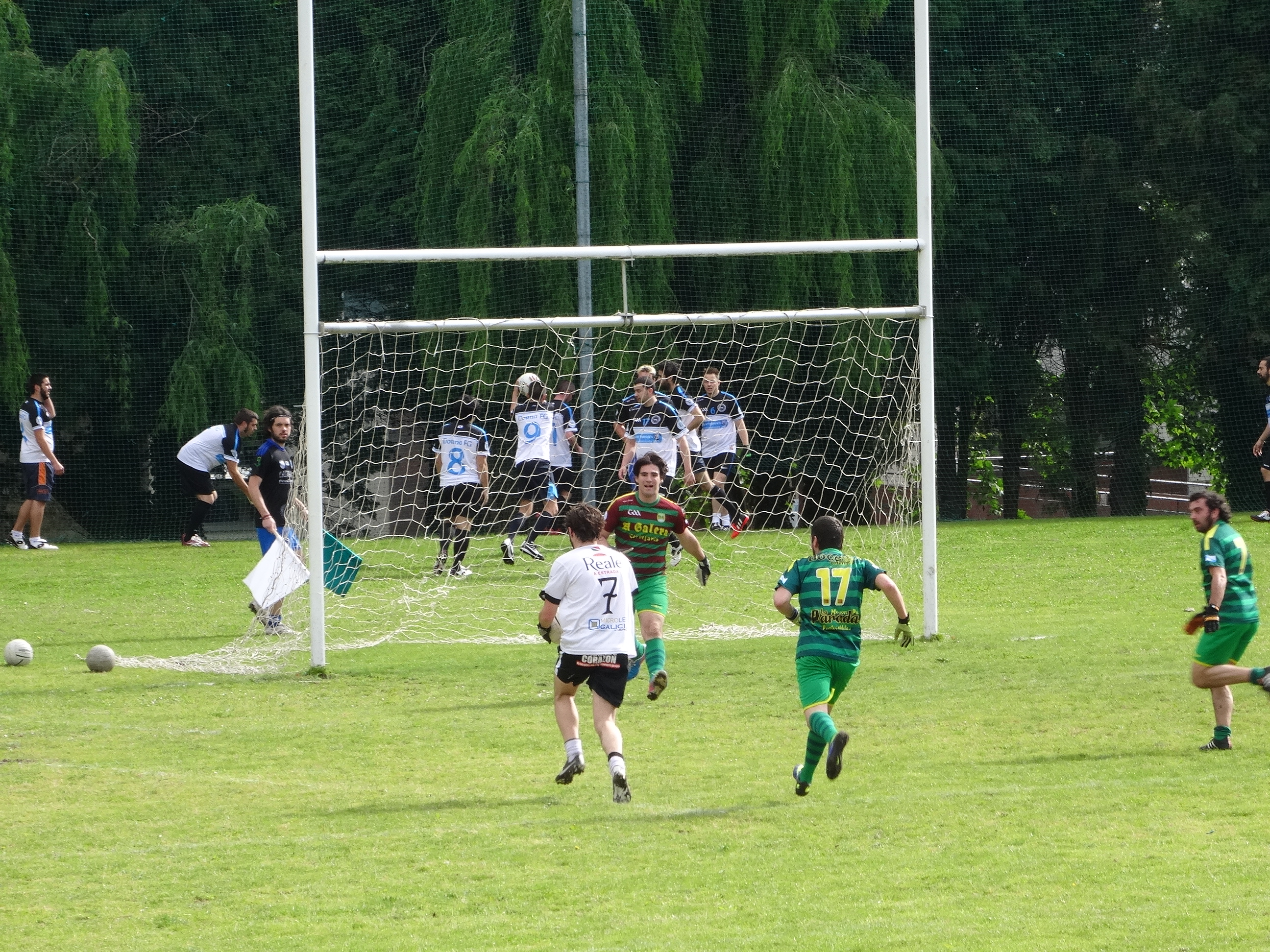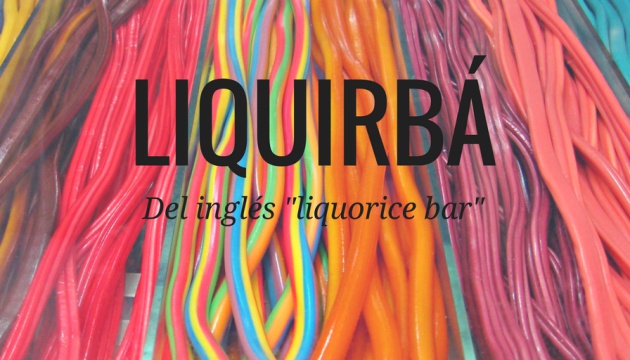We started the course celebrating the European Day of Languages 2022 in the different classes of languages, French, Spanish and English. We created a presentation to make the purpose of this activity clear and what would be worked in each course.
Coinciding with this year's celebration of the European Day of Languages, we were receiving exchange students from Slovakia, Germany and the Netherlands. In collaboration with the EPAS and the Departamento de Programas Internacionales, it was organised a gymkhana. The teachers of the ANLs (Áreas No Lingüísticas del programa bilingüe) participated in the elaboration of the challenges that all the students involved in the different exchanges had to complete. It was hard work to organise but everything was basically as we expected.
LANGUAGES 2022
1. IDIOMS
Match the idioms in the different languages with its equivalent in English. Then pick at least three and say it together.
2. TONGUE TWISTERS
All the members of the team, altogether, say at least four tongue twisters in different European languages (English, Slovakian, Dutch, German, Spanish) or as many as they can in 5 min.
3. EUROPEAN WRITERS, LITERARY WORKS AND COUNTRIES.
Guess what country each writer belongs to and match them to their photo.
4. THE MOST SPOKEN LANGUAGES IN EUROPE
Order the languages taking into account the number of speakers that each one has in Europe. Then match the name of the language in English with the name of the language in that language.
5. UE MEMBERS
Put the Members of the UE under the year they joined The Union and match them with their flag.
Watch out: There are six fake countries and flags
6. EUROVISION.
Pick a number. You have 5 minutes to watch and listen to the song linked to the number you have picked. Then sing the chorus altogether and reproduce the dance in the video.
7. IMAGINE
Write the lines of the chorus in the popular song Imagine, by John Lennon, in four different European languages and sing it altogether!
8. COOL!
1-Who do young people say in Slovakia, Spain, The Netherlands or Germany to describe something or a situation that is cool?
2-Pick at least four expressions in different languages and make everyone in your team learn and say them!
3-Then invent a hand sign to say this popular expression with no sound and take a selfie of the whole team!
9. POINT OR COMMA FOR DECIMALS
Classify the countries you are given according to the use of point or comma with decimals.
10. AIMING
Score an amount of points by throwing the ball into the different bowls.
11. ENDANGERED EUROPEAN SPECIES
Link the picture of each animal with its common name and its scientific name.
12. ROMANCE, SLAVIC OR GERMANIC LANGUAGES
Decide if the languages given are within the family of Romance, Slavic or Germanic languages











.jpg)






.jpg)








.jpg)
.jpg)
.jpg)











